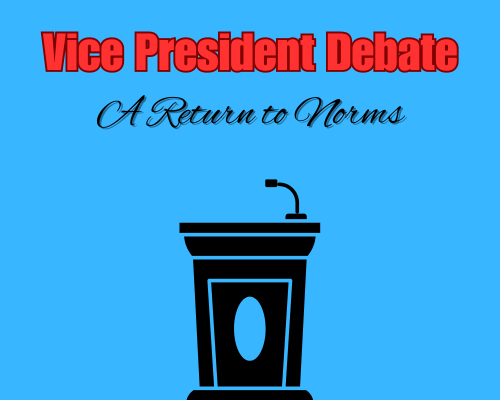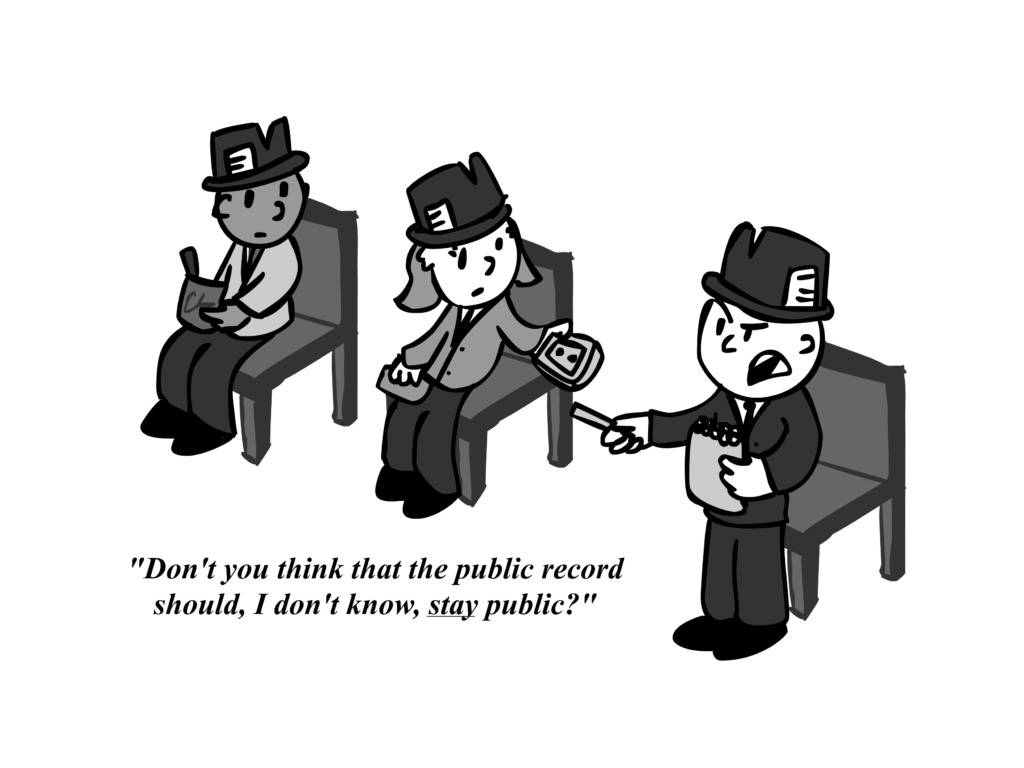Column by Rachel Wood, contributing writer
Press conferences are a hot topic right now, but the mere concept of the press conference has changed over the past several decades, perhaps most visibly in the entertainment media industry.
Video game press conferences, with their extravagant stage demos and famous montages, give us an interesting example of what the press conference has become – for better or worse. But first, a little background:
In summer 1995, the Interactive Digital Software Association (now the ESA) held the first Electronic Entertainment Expo (E3), the original consumer electronics conference completely dedicated to video games. Open only to industry professionals, E3 has been held every year since and has become the primary venue for some of the largest game announcements in history.
The audience these stage presentations cater to has evolved over time due to the rising interest in the video game industry. When the conference was not broadcast live to the general public, as was the case in its first 10 years of existence, getting accurate and exciting information to reporters was key. These audience members would be the voices that got the first tidbits of news out to consumers at large. Information overshadowed theatrics.
Then, in 2005, the conference was broadcast live on TV, followed by an added online broadcast several years later. Essentially, they cut out the middleman – generating hype directly from potential buyers was now the primary objective. Bring on the elephants and flash-mobs.
In 2013, Nintendo made a shocking announcement – they would not be presenting on stage for the first time in 18 years. Instead, they opted to broadcast an entirely digital conference, the “Nintendo Direct,” to showcase their upcoming titles.
On the one hand, these pre-recorded presentations make these exhibitions almost foolproof; there’s no room for on-stage mishaps, like Naughty Dog’s infamous controller malfunction during the live “Uncharted 4” demo at E3 2015. However, the demo-heavy video reel seemed to pale in comparison to other companies’ extravagant shows. For many, simply broadcasting over an hour of gameplay demos can feel like a glorified infomercial.
So, who has the right idea here? With viewers at home watching alongside the press and conference attendees, are theatrics and celebrity speakers the way to go? Or do gameplay demos hold more weight? I think these companies should look at meeting in the middle.
Both keynoters and gameplay are essential to generating anticipation for new titles. The people behind these games need to be sharing their passion with viewers – the creator of the platformer game “Unravel,” for instance, became an instant hit at EA’s 2015 conference because of his excitement and passion for his creation. Bringing creators and directors into the mix, instead of CEOs and celebrities, allows audiences to develop more of a connection with these new titles.
While gameplay is important, too much can be a bad thing. Games are obviously a hands-on medium, so even watching someone play a live demo can fall flat. These companies should consider using their broadcast time to show early bits of gameplay but make playable demos of games closer to completion available to viewers at home.
So, while Ubisoft’s outrageous song-and-dance numbers may bring some entertainment to viewers, it doesn’t do much to generate intrigue in the game itself. Sometimes, brief stories from creators, exciting gameplay clips and playable content are all that’s really needed to promote video games directly to the public. I’d still be OK with a good montage, though.
































































































